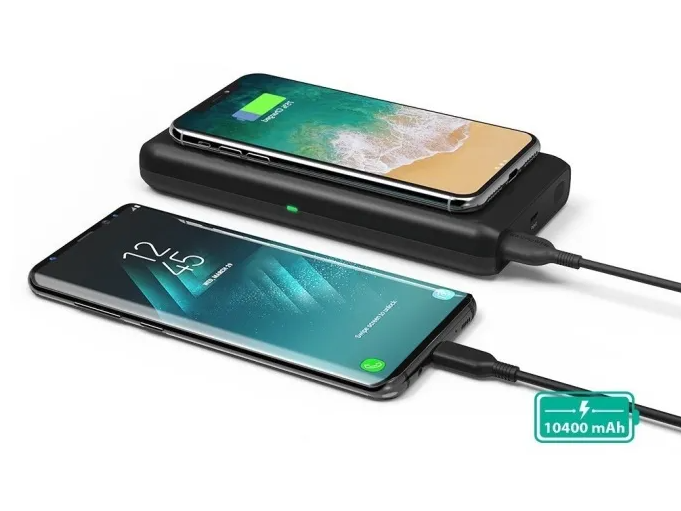
Wireless charging stands at the forefront of technological advancement, offering numerous advantages that make it a preferred choice for many users. The convenience of wireless charging surpasses traditional cable connections, allowing users to charge devices when they are in close proximity to a power source without the need for physical connections. This eliminates the clutter of cables and twisted chargers, making spaces more organized and reducing wear and tear caused by frequent cable usage, ultimately enhancing device safety.
Wireless charging devices provide significant flexibility, as they can be used in various locations, including homes, cars, or public spaces. The technology is compatible with many portable devices, relying on specific standards such as “Qi.” Wireless charging systems enable users to charge multiple devices simultaneously, enhancing efficiency.
Despite its advantages, wireless charging also has some drawbacks. One notable limitation is the reduced efficiency compared to wired charging. The technology can be costlier due to the complexity of design and manufacturing of wireless charging devices. Speed is another concern, as wireless charging is generally slower than traditional wired methods due to energy transfer through magnetic fields, resulting in some power loss.
Additionally, not all portable devices support wireless charging, requiring devices to be equipped with the necessary support for wireless charging to function. Wireless charging pads take up more space than their wired counterparts because of the need for a larger charging surface. Factors like battery and device temperature can affect the speed and efficiency of wireless charging, with increased heat leading to energy loss. Safety concerns regarding potential health effects, although approved by leading health authorities, may still worry some users.
Looking ahead, wireless charging is expected to continue evolving and improving to meet user needs and expectations. The future holds promising trends, including faster charging speeds, wider-area wireless charging, seamless integration into everyday environments, and global compatibility among devices and brands. Sustainability remains a focus, aligning wireless charging with environmentally friendly practices. Multi-device charging solutions, integration with vehicles, and applications in healthcare and IoT devices are anticipated future developments.
The ongoing standardization and regulation efforts aim to ensure a reliable and safe wireless charging ecosystem. As the wireless charging story unfolds, its journey from Tesla’s pioneering work in the 19th century to its current state in the 21st century reflects a tale of perseverance, innovation, and a vision for a wire-free world. The market’s growth, with an expected value of $13.4 billion by 2026, indicates a continued expansion of wireless charging into various aspects of our lives. The future promises even more exciting developments, allowing users to recharge devices seamlessly and effortlessly in diverse environments.
Leave a Reply